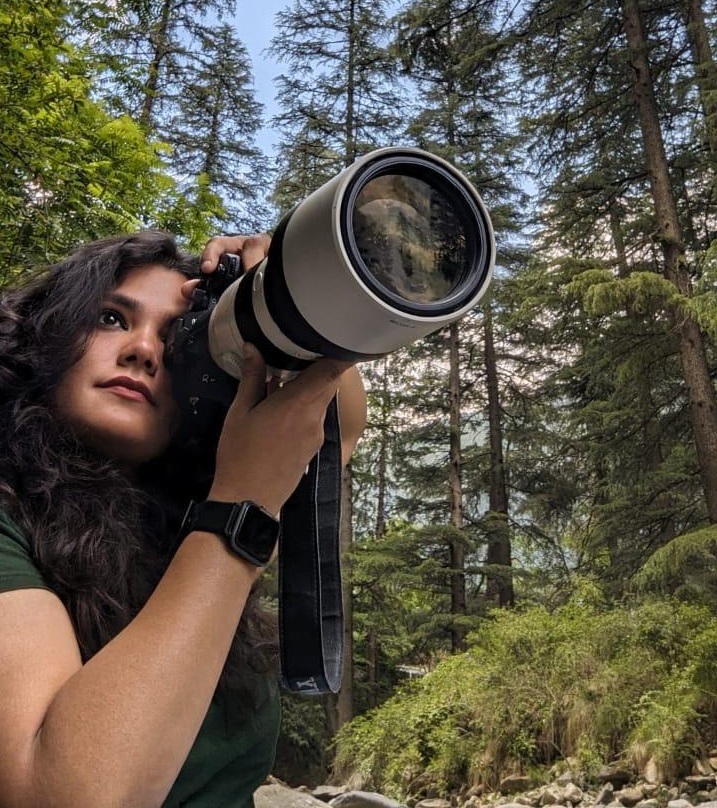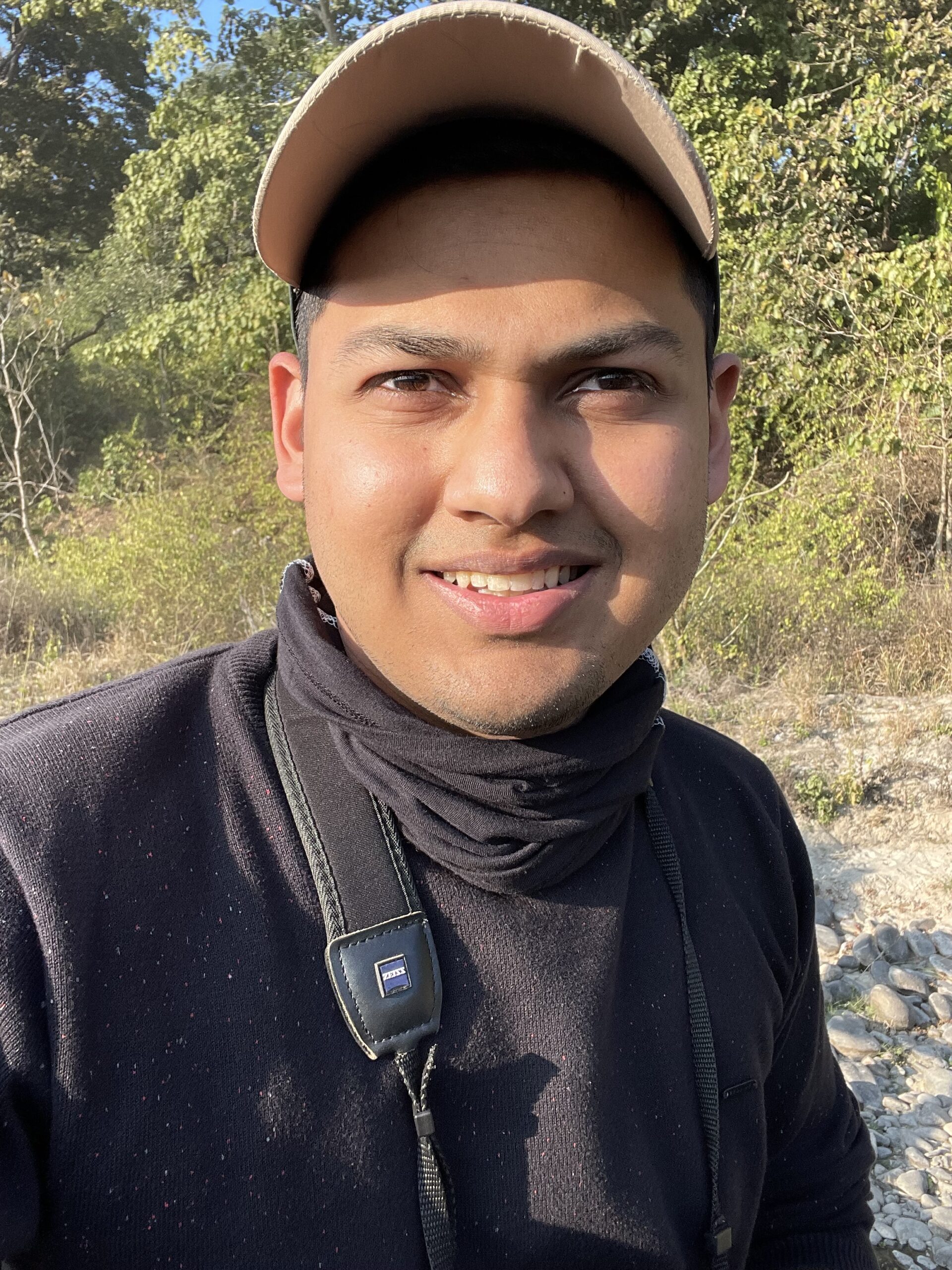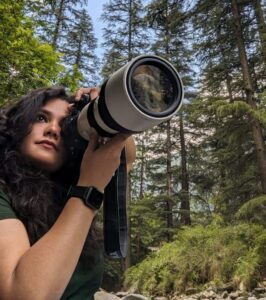Tiger Tracking in India Insider Tips for an Unforgettable Big Cat Safari
Few experiences match the adrenaline rush of hearing a deer’s alarm call echo through the jungle, followed by the silent anticipation of a tiger’s arrival. Tiger tracking in India has less to do with seeing a tiger; it has more to do with reading the forest and listening to its sounds, as well as working with naturalist guides able to whisper the wild’s secrets.
For visitors on the big cat safari, tiger tracking is what makes this trip into the wilderness all the more special, involving an added level of understanding (of patience, skill, luck, and the help of guides).
Regions Renowned for Tiger Tracking in India
Ranthambore National Park
Ranthambore is known for its historic forts and beautiful tiger sightings. It provides some of the best opportunities for tiger viewing up close.
Kanha and Pench: Kipling’s Tiger Trails
Pench inspired Kipling’s The Jungle Book, and Kanha has a significant population of the Royal Bengal tiger and the rare barasingha. It is one of the major tiger reserves and is celebrated as one of the finest wildlife areas in the world.
Bandhavgarh: India’s Highest Density of Tigers
The beautiful forests and clearings of Bandhavgarh make it a haven for photographers on guided wildlife tours.
Tadoba and Satpura: Raw, Untouched Wilderness
Both Tadoba and Satpura have fewer tourists, making it more of a genuine experience for deeper tracking opportunities with your naturalists.
Asiatic Lions of Gir National Park
It is the last worry of the Asiatic lion. Gir offers a chance to track a species found nowhere else.
Leopards of Jawai, Kabini
Jawai is well known for leopards tracked along the paths of local shepherds. Kabini, in Karnataka, is known for black panthers too elusive and so rare that few have photographed one.
Snow Leopards of Ladakh
If you’re truly adventurous, tracking snow leopards in Hemis National Park is the most significant big cat tracking in India you can do.
Understanding Tiger Behavior: Method to the Tracking Madness
The Habits of Tigers: Waterholes, Territory, and Range
Tigers are territorial and are usually found around water. During the heat of summer, they are most often lingering near or at waterholes, so going on safari in the early morning or late evening is likely a good time to go searching for a tiger.
Reading the Signs of Tigers: Pugmarks, Calls, and Scratches
- Pugmarks: Fresh pugmarks show the tiger had been there recently.
- Alarm Calls: Deer, langurs, and peacocks alert each other when a predator is near.
- Scratches: A tree that has claw marks
Guided Wildlife Photography Tours: Why They Matter
The role of the naturalists in tracking a tiger
Naturalists understand animal behavior, the layout of forests, and how best to track wildlife, greatly increasing a guest’s chance of sighting wildlife.
How Can Guided Tours help you photograph wildlife?Guided Tours can help with positioning the jeep for lighting, angles, and to avoid tree branches in the way.
Exclusivity & More Time on Safari
Many guided photography tours allow for both morning and evening safaris, which include the hour before sunrise and hour after sunset. This is great for big cat photographers.
Tracking Tigers by naturalists
- Listening for the Alarm Calls of Deer & Monkeys
The jungle has a voice. The guides will listen to the sambar deer, langurs, and peacocks’ alarm calls for indication of a nearby tiger.
- Realizing the Freshness of Pugmarks and Trails
With experience, naturalists will realise if a tiger is active and moving through an area. They check the freshness, the depth, and the direction of the pugmarks, comparing this to how long ago the tiger looked to have just walked through.
- Waiting in the right place
Patience is a critical part of tiger tracking. In the jungles in India, once a tiger finds a watering hole, it will return to drink over time, often returning the same way as it arrived. Those who wait quietly at a watering hole often get rewarded.
Photography tips for Big Cat Safari India
Your best camera gear for tiger safaris
- DSLR or Mirrorless Camera with fast autofocusing.
- Telephoto lens (200–600mm) to stay at a safe distance.
Your ideal Camera settings for photographing moving wildlife.
- Shutter speed 1/1000 sec or faster.
- Aperture f/4 for subject isolation, can sometimes be lowered to f/5.6.
- ISO 400 – 1600 depending on the light.
Ethical Photography with Wildlife
- Never use flash, it disturbs animals.
- Do not create a barrier to the tiger.
- Always respect park rules and the animals’ natural behaviors
Conclusion
Tiger tracking in India is more than finding a big cat—it is a personal encounter with the rhythms of the jungle. When visitors take guided wildlife photography tours, they have an opportunity to take advantage of the experiences that naturalists have when tracking big cats and apply guided techniques and ethical practices to create memorable experiences for their guests.
Whether you are following the roar of tigers in Bandhavgarh, photographing lions in Gir National Park, or trekking for snow leopards in Ladakh, a big cat safari in India is a unique opportunity to engage at an intimate and physical level with the wild.
Ethical Wildlife curates small-group, photography-led safaris in India and Africa. They specialise in tiger safaris in Bandhavgarh, snow leopard expeditions in Ladakh, and a multitude of trips that connect travellers with nature, ethically and meaningfully. Their focus is on deep experiences, guided by expert naturalists and photographers, and they hold their journeys to inspire, educate and respect nature and the wild.






 Apoorva Jadon
Apoorva Jadon